Kí Tự Trung Quốc
Bộ dụng cụ viết kí tự Trung Quốc gồm có bút và mực. Bút viết truyền thống được làm từ tre hoặc nhựa, có đầu tròn và được uốn cong để tạo sự nhạy bén khi viết. Mực được chế tạo từ nhiều thành phần tự nhiên và có thể thay đổi chất lượng để tạo ra các độ đậm khác nhau. Việc viết kí tự Trung Quốc yêu cầu sự tinh tế và chính xác, và đòi hỏi sự kiên nhẫn và khéo léo.
Nguyên tắc viết và đọc kí tự Trung Quốc rất phức tạp và đòi hỏi nhiều thời gian để nắm bắt. Mỗi kí tự đều có một âm và ý nghĩa riêng, và việc đọc và viết chúng yêu cầu người dùng phải nắm bắt được các nguyên tắc và quy tắc chung. Ngoài ra, kí tự Trung Quốc còn có nhiều yếu tố ngữ pháp và cấu trúc căn bản phải được biết đến để hiểu được đúng ý nghĩa của chúng.
Sự phổ biến và tầm quan trọng của kí tự Trung Quốc không thể bỏ qua. Kí tự Trung Quốc đã tồn tại trong hàng ngàn năm và đã được sử dụng rộng rãi trong các lĩnh vực như văn bản, văn hóa, tôn giáo, khoa học, và nghệ thuật. Nó là một phần của đời sống hàng ngày của người Trung Quốc, và nằm trong tầm nhìn và kỹ năng giao tiếp cơ bản của mọi người.
Lịch sử phát triển của kí tự Trung Quốc bắt đầu từ thời kỳ cổ đại và đã trải qua nhiều giai đoạn phát triển và biến đổi. Ban đầu, kí tự Trung Quốc được viết trên các chất liệu như gốm sứ, vỏ sò, và đá. Sau đó, kí tự được viết trên vải và giấy, và cuối cùng được in và xuất bản dưới dạng sách, tạo ra những cuộc cách mạng trong việc truyền tải tri thức và văn hóa.
Sự ảnh hưởng của kí tự Trung Quốc đã lan rộng ra nhiều ngôn ngữ khác trên thế giới. Việc mượn kí tự Trung Quốc để viết các từ ngữ và âm tiết trong ngôn ngữ khác đã tạo ra những biến thể riêng, như Kanji trong tiếng Nhật và Hanja trong tiếng Hàn. Điều này đồng nghĩa với việc người học ngôn ngữ này phải nắm bắt được cách sử dụng và phân biệt các kí tự tương ứng.
Tuy nhiên, trong thời đại hiện đại, việc sử dụng kí tự Trung Quốc đã giảm đi đáng kể. Việc sử dụng máy tính và công nghệ thông tin đã tạo ra các bộ gõ và bàn phím tương thích cho việc nhập liệu tiện lợi và nhanh chóng. Người dùng cũng có thể sử dụng các bộ gõ để chuyển đổi từ ngôn ngữ truyền thống sang tiếng Trung Quốc giản thể hoặc ngược lại.
Việc học và học thuật kí tự Trung Quốc đòi hỏi sự kiên nhẫn và thực hành liên tục. Có nhiều khóa học và tài liệu học thuật có sẵn để giúp người học hiểu và nắm bắt được cấu trúc và ý nghĩa của các kí tự. Ngoài ra, việc học cách viết kí tự Trung Quốc cũng đòi hỏi sự tập trung cao độ và kỹ năng thẩm mỹ.
Tương lai của kí tự Trung Quốc trong thế giới hiện đại đang gặp nhiều thách thức. Với sự phát triển của công nghệ và việc sử dụng tiếng Trung Quốc giản thể, việc học và sử dụng kí tự Trung Quốc có thể giảm đi đáng kể. Tuy nhiên, kí tự Trung Quốc vẫn là một phần quan trọng của văn hóa và di sản của Trung Quốc, và vẫn được giới trẻ quan tâm và tìm hiểu.
FAQs:
1. Từ ngữ trong kí tự Trung Quốc là gì?
Từ ngữ trong kí tự Trung Quốc là các từ ngữ và âm tiết được viết bằng các kí tự Trung Quốc.
2. Bộ dụng cụ viết kí tự Trung Quốc gồm những gì?
Bộ dụng cụ viết kí tự Trung Quốc gồm có bút viết và mực.
3. Nguyên tắc viết và đọc kí tự Trung Quốc phức tạp như thế nào?
Nguyên tắc viết và đọc kí tự Trung Quốc rất phức tạp và đòi hỏi nhiều thời gian để nắm bắt. Mỗi kí tự có một âm và ý nghĩa riêng, và việc đọc và viết chúng yêu cầu người dùng phải nắm bắt được các nguyên tắc và quy tắc chung.
4. Kí tự Trung Quốc có tầm quan trọng như thế nào?
Kí tự Trung Quốc có tầm quan trọng rất lớn trong văn hóa và lịch sử của Trung Quốc. Nó đã được sử dụng trong nhiều ngành nghề và là một phần quan trọng của đời sống hàng ngày của người Trung Quốc.
5. Kí tự Trung Quốc ảnh hưởng đến ngôn ngữ nào khác?
Kí tự Trung Quốc đã ảnh hưởng đến nhiều ngôn ngữ khác trên thế giới, bao gồm tiếng Nhật và tiếng Hàn.
6. Sử dụng kí tự Trung Quốc hiện nay như thế nào?
Sử dụng kí tự Trung Quốc hiện nay đã giảm đi đáng kể do sự phát triển của công nghệ và việc sử dụng tiếng Trung Quốc giản thể. Tuy nhiên, kí tự Trung Quốc vẫn được giới trẻ quan tâm và tìm hiểu.
7. Làm thế nào để học và học thuật kí tự Trung Quốc?
Học và học thuật kí tự Trung Quốc đòi hỏi sự kiên nhẫn và thực hành liên tục. Có nhiều khóa học và tài liệu học thuật có sẵn để giúp người học hiểu và nắm bắt được cấu trúc và ý nghĩa của các kí tự. Ngoài ra, việc học cách viết kí tự Trung Quốc cũng đòi hỏi sự tập trung cao độ và kỹ năng thẩm mỹ.
8. Tương lai của kí tự Trung Quốc trong thế giới hiện đại như thế nào?
Tương lai của kí tự Trung Quốc trong thế giới hiện đại đang gặp nhiều thách thức. Việc sử dụng công nghệ và tiếng Trung Quốc giản thể đã làm giảm sử dụng kí tự Trung Quốc. Tuy nhiên, kí tự Trung Quốc vẫn là một phần quan trọng của văn hóa và di sản của Trung Quốc, và vẫn được giới trẻ quan tâm và tìm hiểu.
Cách Copy Kí Tự Đặc Biệt Chữ Trung Quốc
Từ khoá người dùng tìm kiếm: kí tự trung quốc ㊊ ㊋ ㊌ ㊍ ㊎ ㊏ ㊐ ㊑ ㊒ ㊓ ㊔ ㊕ ㊖ ㊗ ㊘ ㊜ ㊝ ㊞ ㊟ ㊠ ㊡ ㊢ ㊣ ㊤ ㊥ ㊦ ㊧ ㊨ ㊩ ㊪ ㊫ ㊬, Kí tự đặc biệt, Ký tự Trung Quốc ff, Tạo chữ Trung Quốc đẹp, Kí tự khoảng trống, ㊄ nghĩa là gì, Kí tự đặc biệt chữ Hàn, Chữ Trung Quốc
Hình ảnh liên quan đến chủ đề kí tự trung quốc
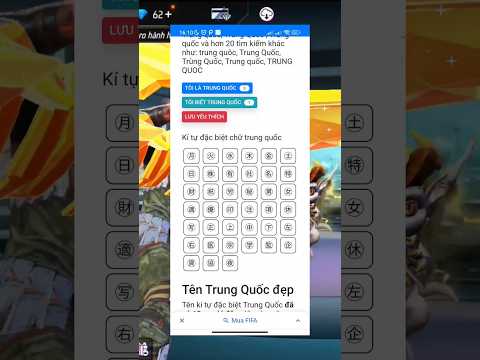
Chuyên mục: Top 62 Kí Tự Trung Quốc
Xem thêm tại đây: khoaluantotnghiep.net
㊊ ㊋ ㊌ ㊍ ㊎ ㊏ ㊐ ㊑ ㊒ ㊓ ㊔ ㊕ ㊖ ㊗ ㊘ ㊜ ㊝ ㊞ ㊟ ㊠ ㊡ ㊢ ㊣ ㊤ ㊥ ㊦ ㊧ ㊨ ㊩ ㊪ ㊫ ㊬
Introduction:
In modern society, emojis have become an integral part of our conversations, expressing emotions and enhancing communication across various languages and cultures. Vietnamese, a vibrant language spoken by millions worldwide, also reflects this trend. Among the plethora of emojis, the collection represented by ㊊ ㊋ ㊌ ㊍ ㊎ ㊏ ㊐ ㊑ ㊒ ㊓ ㊔ ㊕ ㊖ ㊗ ㊘ ㊜ ㊝ ㊞ ㊟ ㊠ ㊡ ㊢ ㊣ ㊤ ㊥ ㊦ ㊧ ㊨ ㊩ ㊪ ㊫ ㊬ offers a unique set of symbols with different meanings. In this article, we will delve into the details, usage, and interpretation of these emojis within the Vietnamese context.
㊊ – “Khang” – Victory
Symbolizing triumph, success, and achievement, ㊊ is commonly used to celebrate personal victories or to display support for someone else’s accomplishments. It signifies a positive and victorious outcome.
㊋ – “Nhan” – Humanity
Representing compassion, empathy, and care, ㊋ reflects the importance of being kind and understanding towards fellow human beings. This emoji often accompanies messages promoting unity, love, and equality.
㊌ – “Kiem” – Sword
Denoting strength, power, and determination, ㊌ relates to being courageous and resilient in the face of challenges. It serves as a reminder to face difficulties head-on and persevere.
㊍ – “Tram” – Hundred Points
㊍ is straightforward in its symbolism, representing the concept of perfection or excellence. It is commonly used to express approval or admiration for an exceptional performance or achievement.
㊎ – “La” – Leaf
Reflecting nature, growth, and renewal, ㊎ signifies harmony with the environment and a connection to the natural world. It can convey messages related to sustainability, eco-friendliness, and a balanced lifestyle.
㊏ – “Hoa” – Flower
Symbolic of beauty, grace, and elegance, ㊏ is frequently used to express admiration, delight, or a sincere appreciation for someone or something. It adds a touch of positivity and charm to conversations.
㊐ – “Quyen” – Authority
Representing authority, control, and influence, ㊐ is often utilized to emphasize one’s expertise or status in a particular field. It can also imply respect for someone’s opinion or decision.
㊑ – “Trung” – Center
Denoting balance, stability, and equilibrium, ㊑ represents the importance of finding a middle ground or maintaining a harmonious setting. It conveys the idea of avoiding extremes and reaching a balanced perspective.
㊒ – “Cong” – Intense
㊒ symbolizes intensity, vividness, and passion. This emoji is commonly employed to amplify emotions or emphasize the significance and impact of a particular situation or experience.
㊓ – “Nhat” – First Place Medal
As the name suggests, ㊓ signifies the concept of being in first place or achieving a top position. It is often used to acknowledge and celebrate outstanding accomplishments or to encourage someone to strive for excellence.
㊔ – “Luat” – Law
Representing order, justice, and legality, ㊔ symbolizes respect for the rule of law and adherence to legal principles. It is frequently utilized in conversations related to legal matters or when expressing the importance of abiding by regulations.
㊕ – “Ton” – Balance
Denoting harmony, equilibrium, and balance, ㊕ represents the idea of maintaining a stable and well-rounded lifestyle. It is often associated with concepts like work-life balance or balanced decision-making.
㊖ – “Ho” – Man
Symbolic of masculinity, ㊖ represents the male gender and is often used to refer to men or topics related to masculinity, such as discussions about men’s health, fashion, or social roles.
㊗ – “Phu” – Woman
㊗ signifies femininity and is used to refer to women or topics relevant to women, such as discussions about women’s rights, empowerment, or women’s experiences.
㊘ – “Dinh” – Palace
Representing prestige, high status, and wealth, ㊘ emphasizes opulence and luxury. It is frequently used to talk about prestigious events, luxurious experiences, or affluent lifestyles.
㊜ – “Cam” – Forbidden
Denoting something prohibited or forbidden, ㊜ serves as a warning to refrain from engaging in specific behaviors or actions. It can also convey a sense of mystery or secrecy.
㊝ – “Gom” – Ceramics
Symbolizing craftsmanship, traditional art, and heritage, ㊝ is often used to evoke Vietnamese culture and historical significance. It may accompany messages about traditional crafts, art exhibitions, or cultural events.
㊞ – “Ban” – Board
㊞ represents board games and signifies leisure, entertainment, and fun. It is often used in conversations about games, gaming, or recreational activities.
㊟ – “Ngu” – Sleeping
Symbolizing sleep or rest, ㊟ is used to communicate tiredness or the need for relaxation. It can also imply being disinterested or ignoring a topic or conversation.
㊠ – “Ngay” – Sun
Denoting brightness, positivity, and warmth, ㊠ represents the sun’s rays and is often used to convey positivity, happiness, or a cheerful atmosphere. It adds an optimistic touch to messages.
㊡ – “Thuy” – Water
Reflecting fluidity, adaptability, and life, ㊡ symbolizes water and its significance in various aspects of life. It can be used to evoke emotions related to personal growth, adaptability, or to express a desire for calmness.
㊢ – “Lu” – Calendar
㊢ denotes a calendar and represents the concept of time, scheduling, and organization. It is commonly used to refer to appointments, important dates, or planned events.
㊣ – “Am” – Music
Symbolic of music, rhythm, and entertainment, ㊣ is often used in conversations about musical topics, concerts, or expressing enjoyment of music. It signifies the joy and power of melodies.
㊤ – “Dang” – Danger
Denoting danger, caution, or warning, ㊤ is used as an alerting symbol. It commonly accompanies messages related to potential risks, hazardous situations, or advice to be careful.
㊥ – “Chi” – Older Sister
Symbolizing an older sister or an elder sibling, ㊥ is used to refer to an older female family member or as a term of endearment among friends. It adds a sense of familiarity and affection.
㊦ – “Em” – Younger Sister
㊦ signifies a younger sister or a younger sibling in general. It is used to refer to a younger female family member or as a term of endearment, expressing a sense of affection and protectiveness.
㊧ – “Truc” – Bamboo
Representing resilience, flexibility, and strength, ㊧ relates to the symbolic significance of bamboo in Vietnamese culture. It can convey the idea of staying strong and adaptable in the face of adversity.
㊨ – “Hoi” – Festival
Denoting celebration, festivity, and joy, ㊨ symbolizes traditional festivals and cultural celebrations. It is often used to share excitement about upcoming events, holidays, or festivity-related activities.
㊩ – “Ong” – Bee
Symbolic of hard work, diligence, and productivity, ㊩ signifies a bee and is often used to convey the idea of staying busy or industrious. It may also represent teamwork and collaboration.
㊪ – “Buoc” – Footprints
㊪ represents footprints and is symbolic of moving forward, progression, and leaving a mark. It is commonly used to evoke motivation, ambition, or to encourage exploring new paths.
㊫ – “Nguoi” – Person
Denoting a generic person or people, ㊫ is used when referring to individuals or human characteristics in a broader sense. It serves as a neutral symbol to depict humanity.
㊬ – “Dat” – Earth
Symbolizing the earth and the planet as a whole, ㊬ represents environmental consciousness, sustainability, and global issues. It is commonly associated with discussions around climate change, eco-friendly initiatives, or environmental awareness.
FAQs:
Q1: Can these symbols be understood in other languages?
Yes, while these symbols have originated from the Japanese emoji system, they have gained international recognition and are now widely used and understood across different languages.
Q2: What are the proper ways to use these emojis in Vietnamese conversations?
These emojis can be used similarly to their English counterparts in Vietnamese conversations. They enrich the expression of emotions and ideas, allowing for more nuanced communication.
Q3: Are there any cultural considerations to keep in mind when using these emojis in Vietnam?
It is essential to use these symbols respectfully and within the context of Vietnamese culture. Keeping in mind the traditional values and cultural sensitivities will help ensure appropriate usage.
Q4: Can these emojis be used in formal settings in Vietnam?
While certain emojis may be deemed more appropriate for informal conversations, their usage in formal settings may vary. It is advisable to exercise discretion and align with the specific context and relationship involved.
Q5: Are there any other specific Vietnamese emojis worth noting?
While the mentioned emojis are commonly used, Vietnamese speakers may also employ other culturally relevant emojis. It’s worth exploring additional local symbols to enhance communication further.
Conclusion:
The collection represented by ㊊ ㊋ ㊌ ㊍ ㊎ ㊏ ㊐ ㊑ ㊒ ㊓ ㊔ ㊕ ㊖ ㊗ ㊘ ㊜ ㊝ ㊞ ㊟ ㊠ ㊡ ㊢ ㊣ ㊤ ㊥ ㊦ ㊧ ㊨ ㊩ ㊪ ㊫ ㊬ encompasses a wide range of emotions, concepts, and cultural references. Understanding their meanings and usage within the Vietnamese context enhances communication and enables more vibrant conversations. By including these emojis in appropriate situations, one can add depth and expressiveness to their Vietnamese language interactions.
Kí Tự Đặc Biệt
Introduction
In Vietnamese text, kí tự đặc biệt, or special characters, play a significant role in adding variety, emphasis, and style to written content. These characters, ranging from decorative symbols to typographical marks, allow writers to enhance their texts, making them visually appealing and engaging to readers. This article will delve into the importance of kí tự đặc biệt in Vietnamese writing, provide examples of commonly used special characters, and explore the different ways they can be incorporated into text. Additionally, we will address common questions related to kí tự đặc biệt.
The Significance of Kí tự đặc biệt
Adding special characters in Vietnamese texts not only serves aesthetic purposes but also helps to convey emotions, highlight important points, and create a memorable reading experience. Special characters can be used to emphasize key ideas, draw attention, or distinguish certain sections or elements in a text. Additionally, they contribute to the overall stylistic presentation, making the text more dynamic and engaging.
Commonly Used Kí tự đặc biệt
1. Dấu gạch dưới ( _ ): This typographical mark is widely used in Vietnamese to separate words or phrases for clarity and ease of reading. It can also be used to create space between different elements in a text, improving its visual structure.
2. Dấu ngã ( ~ ): This character is used to indicate tone changes in Vietnamese words, altering their pronunciation and meaning. It is commonly employed in dictionaries, language learning materials, and linguistic texts.
3. Dấu chấm câu ( • ): This symbol, resembling a small dot, is often used to indicate bullet points or list items in Vietnamese texts. It helps to organize information in a concise and visually appealing manner.
4. Ký hiệu bản quyền ( © ): This copyright symbol, borrowed from international typographic conventions, is used to indicate ownership or copyright of content. It is commonly seen on copyrighted materials, websites, and creative works.
5. Dấu ngoặc kép ( “ ” ): These quotation marks are used in Vietnamese writing to enclose direct speech or to denote a quotation within a text. They help to clearly and distinguishably present quoted content.
Incorporating Kí tự đặc biệt in Text
1. Social Media and Online Platforms: Kí tự đặc biệt can significantly enhance the visibility and attractiveness of social media posts or online articles. Many platforms support the use of special characters, allowing users to create eye-catching captions, headings, and emphasis within their content.
2. Typographical Design: Special characters can be employed in graphic design, typography, and publication layouts, giving various texts a unique visual identity. Whether it’s a poster, book cover, or magazine layout, the creative use of kí tự đặc biệt can make the design stand out, grabbing readers’ attention.
3. Creative Writing and Poetry: In creative writing and poetry, kí tự đặc biệt can be utilized to create a specific atmosphere, emphasize key emotions, or highlight certain phrases. Poets, for instance, often use special characters to express deeper meanings, convey imagery, and create a rhythm within their works.
FAQs
Q: Can kí tự đặc biệt be used in formal writing?
A: While special characters are more commonly used in informal or creative writing, there is flexibility in incorporating them into formal texts. However, it is recommended to use them sparingly and maintain clarity and professionalism in formal writing.
Q: Are there any restrictions or guidelines in using kí tự đặc biệt?
A: While there are no strict rules or regulations regarding the usage of special characters, it is important to exercise caution and avoid overusing them. Overuse may distract readers or make the text appear cluttered. Moreover, it is essential to ensure that the characters are correctly rendered across different platforms or devices for optimal display.
Q: Are there any specific fonts that support kí tự đặc biệt?
A: Most commonly used fonts in Vietnam, such as Arial, Times New Roman, and Calibri, support the display of special characters. However, it is crucial to verify the compatibility of special characters with your chosen font, especially when using less popular or custom fonts.
Conclusion
Kí tự đặc biệt holds great significance in Vietnamese writing, offering ways to enhance content, express emotions, and create visually appealing texts. They allow writers to add variety, style, and emphasis to their work, making it more engaging and readable. By understanding the different characters available and their potential applications, Vietnamese writers can fully embrace the creative possibilities that kí tự đặc biệt provide, enhancing their texts and captivating readers.
Xem thêm 12 hình ảnh liên quan đến chủ đề kí tự trung quốc.
-800x450.jpg)
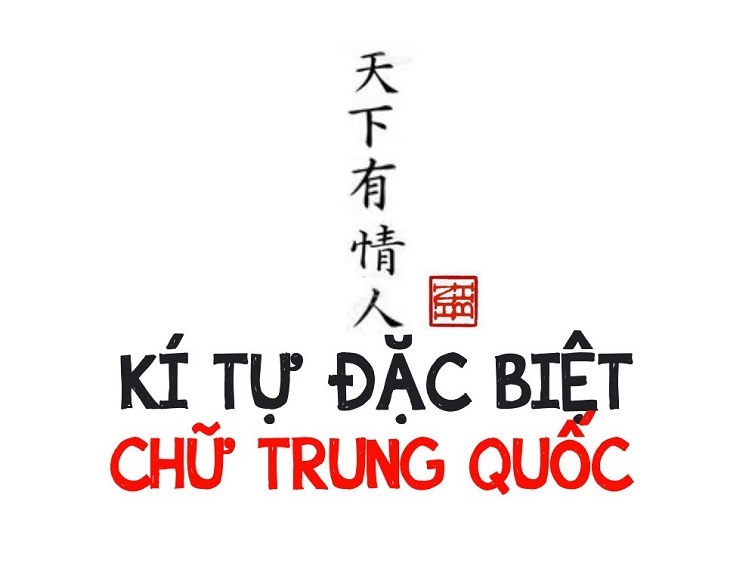
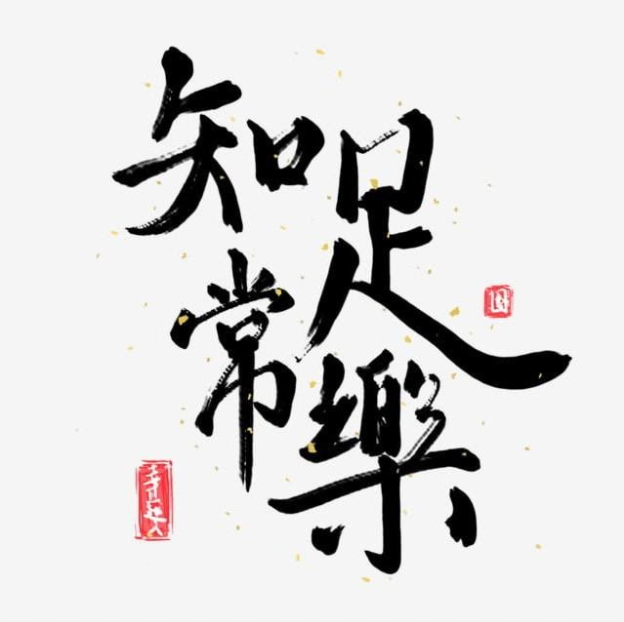
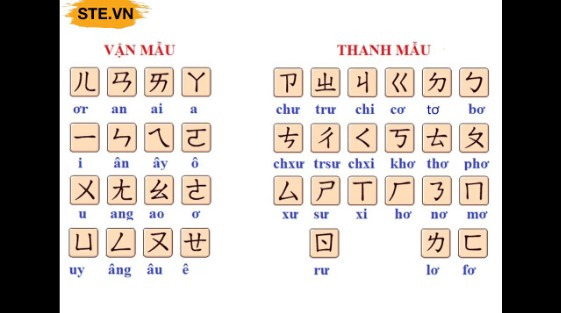
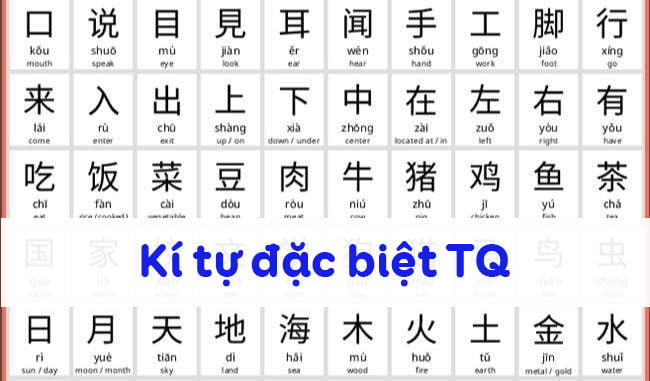



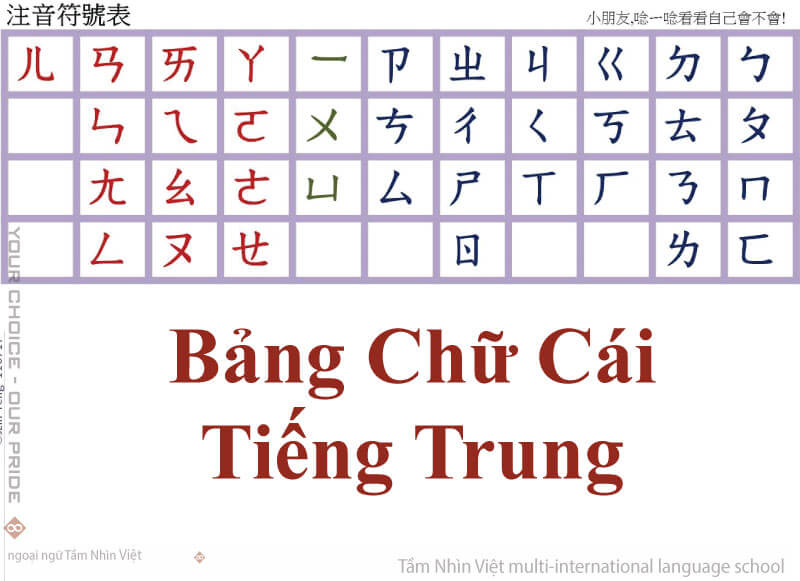
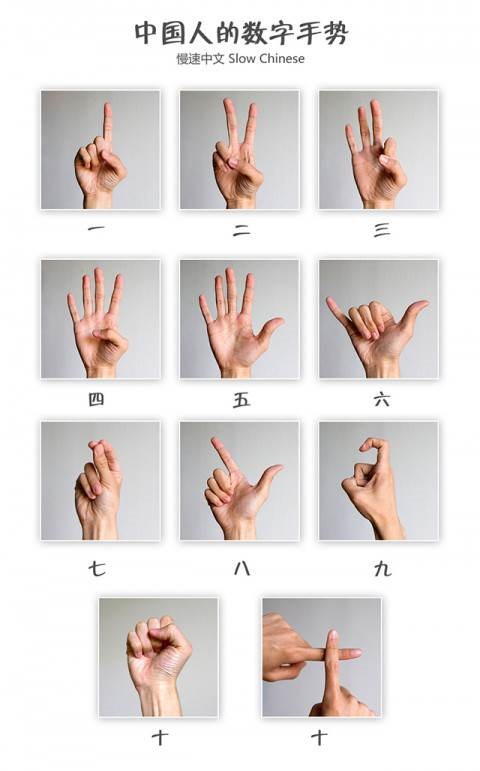
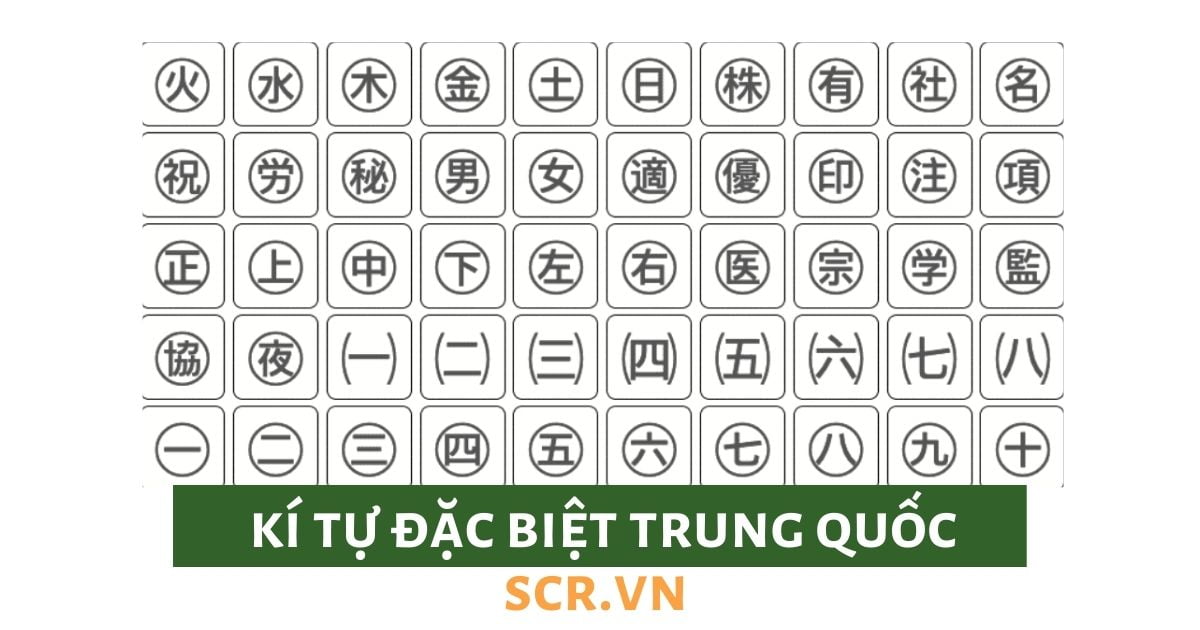
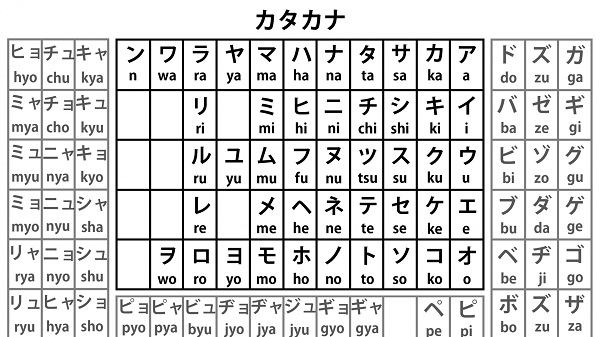



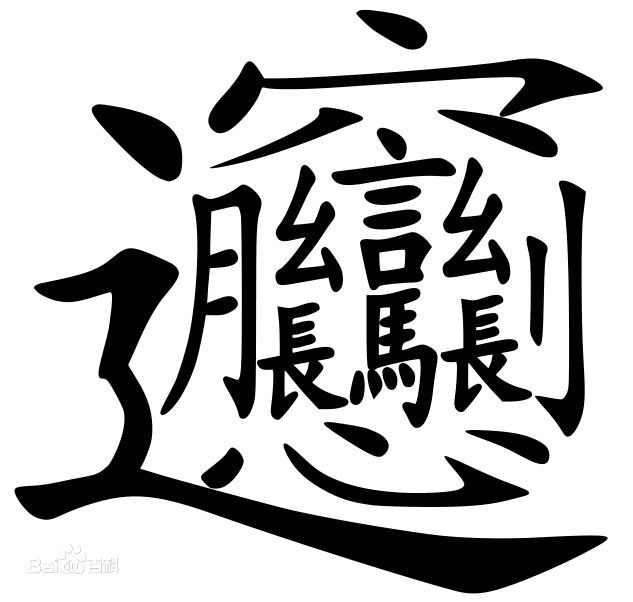

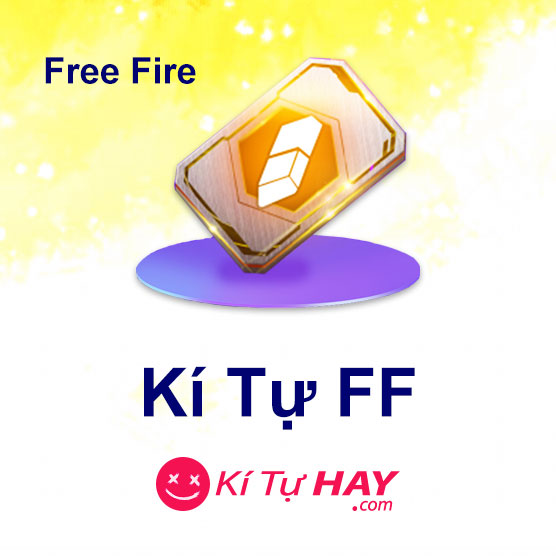

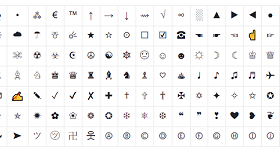
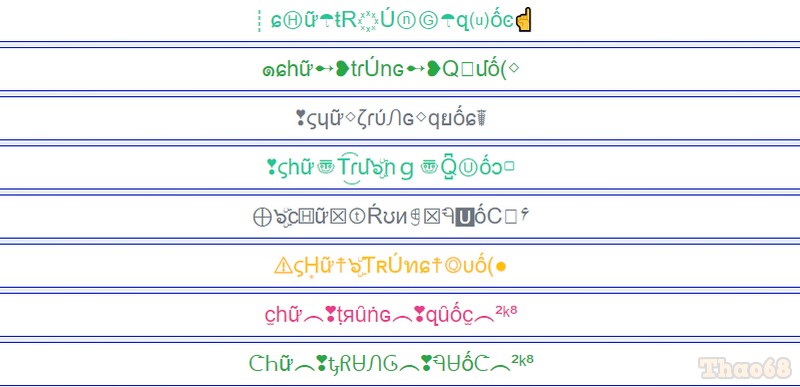
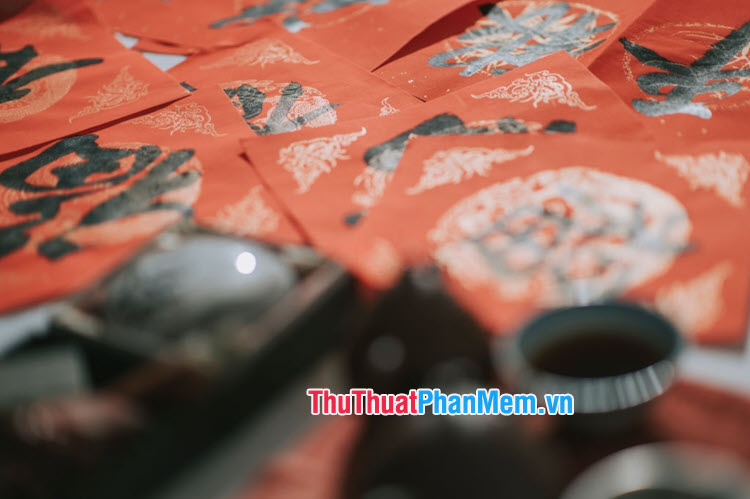
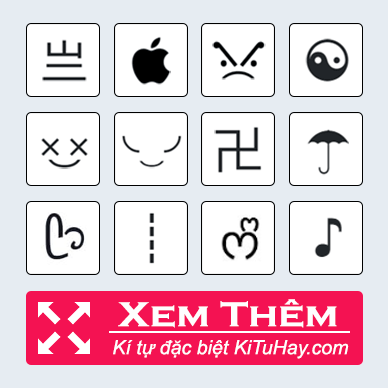


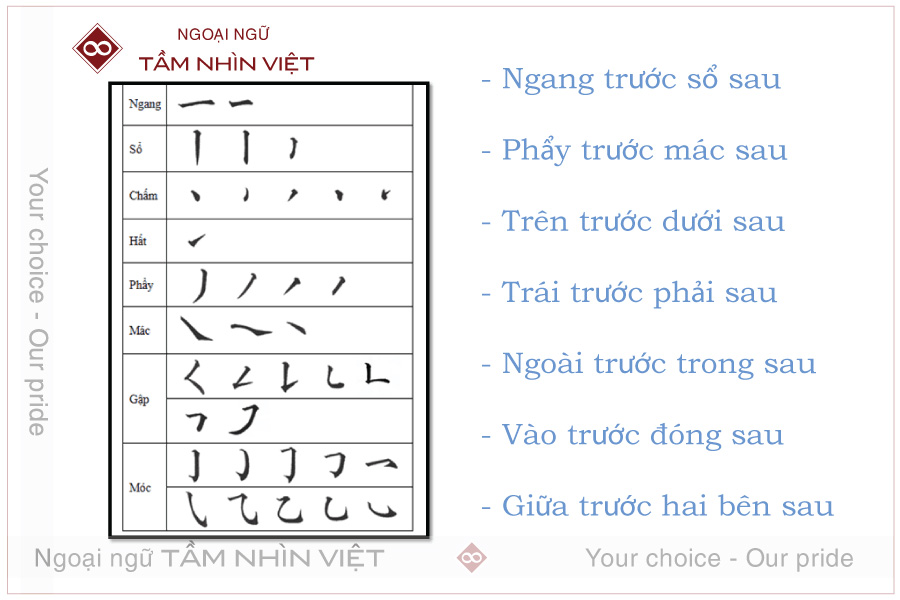


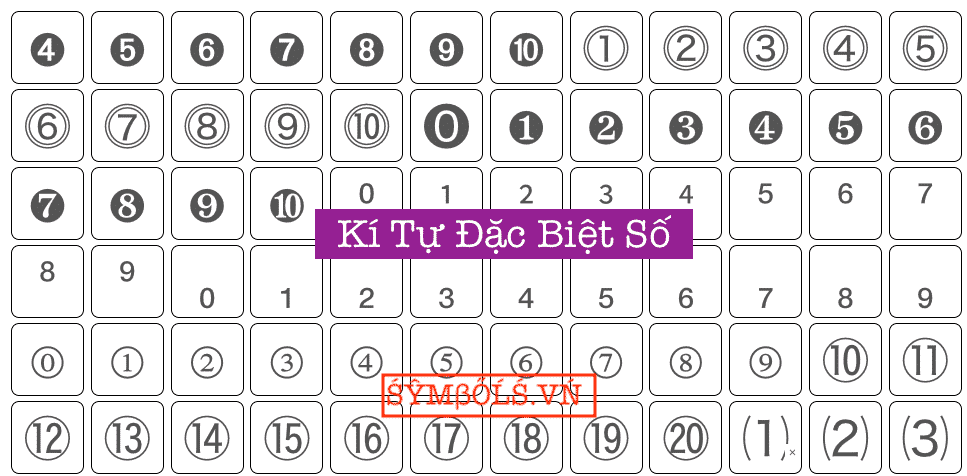
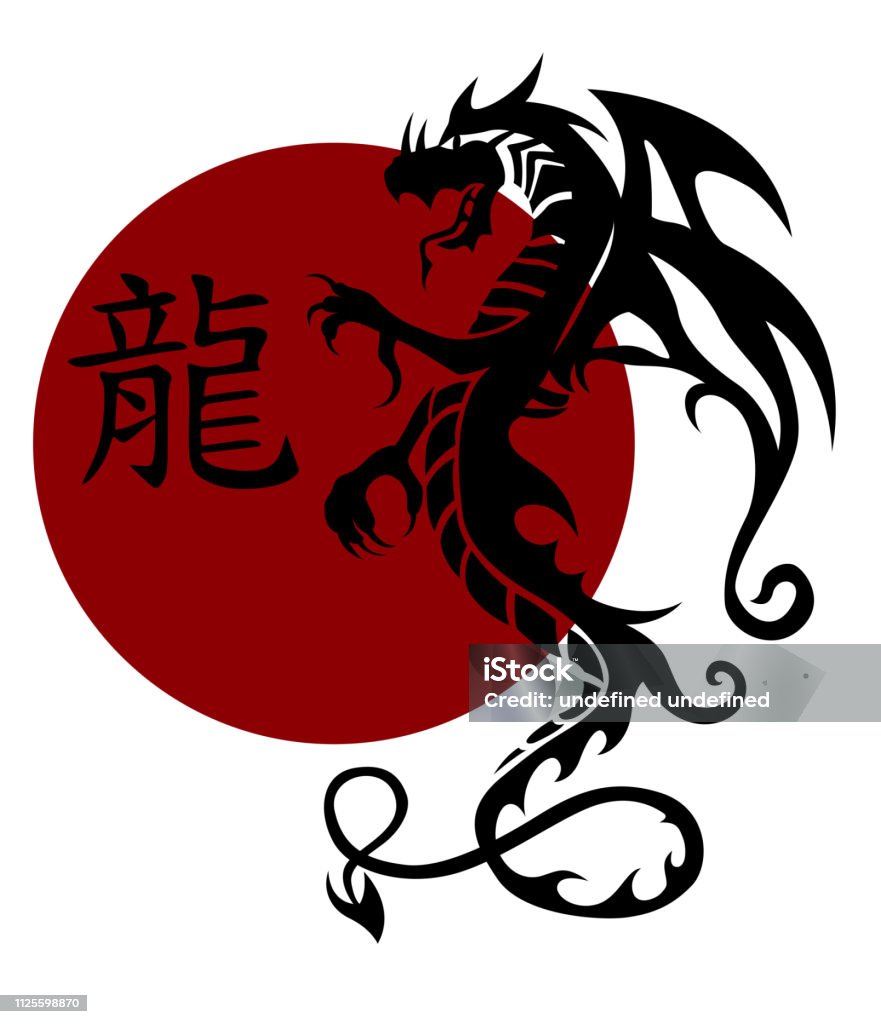
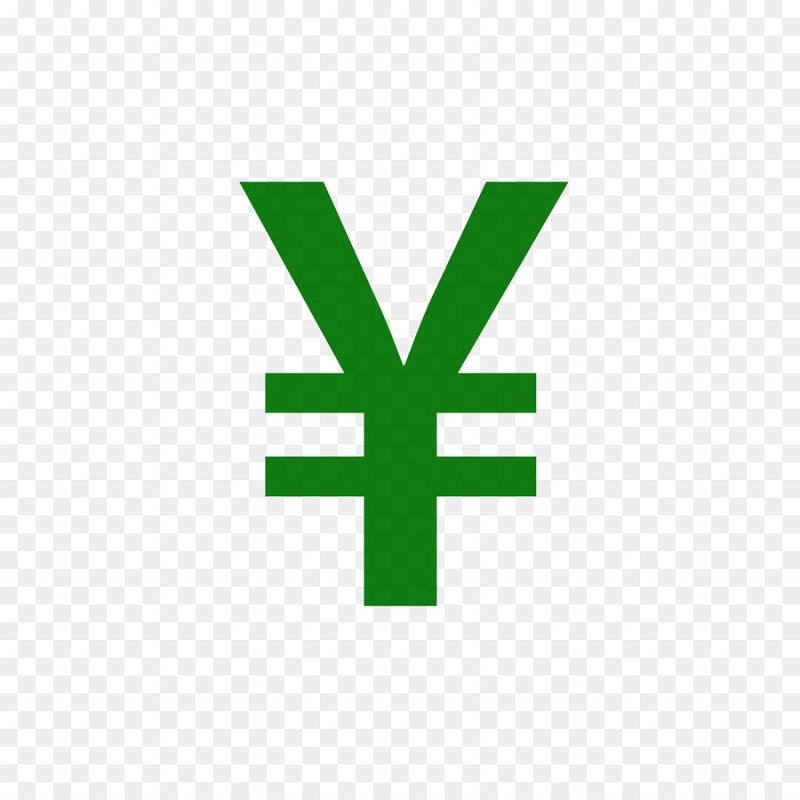

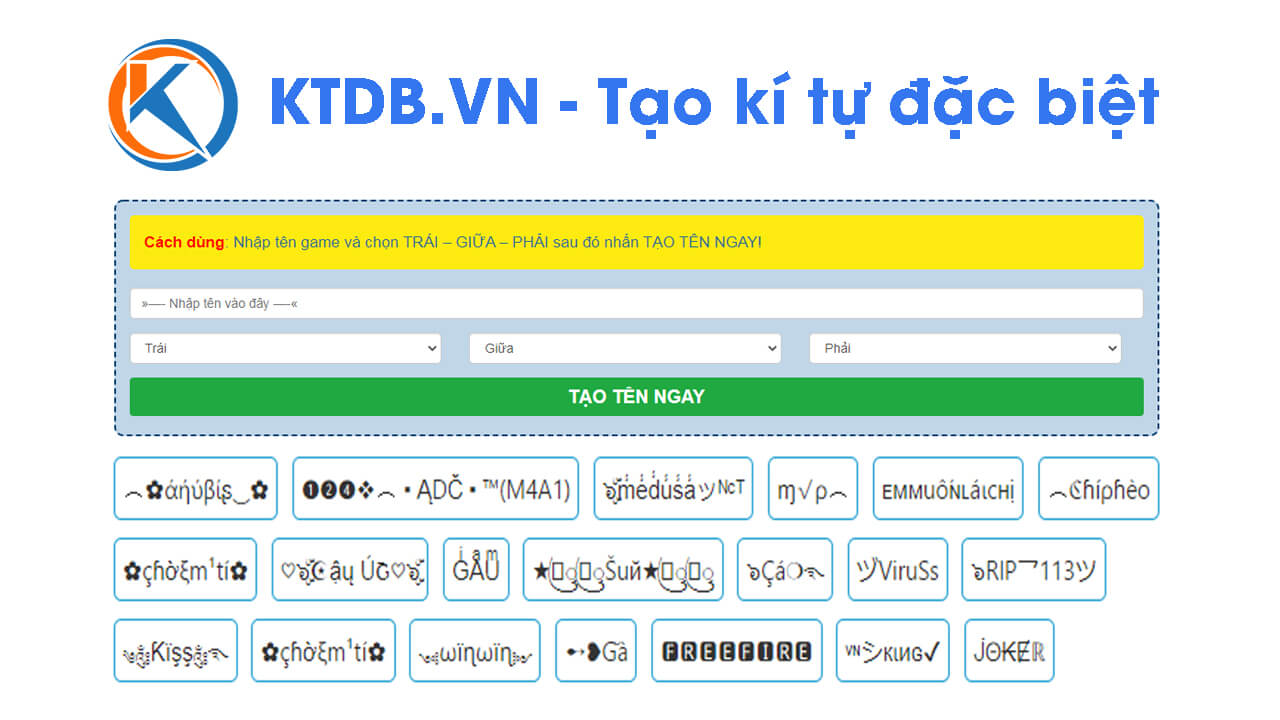
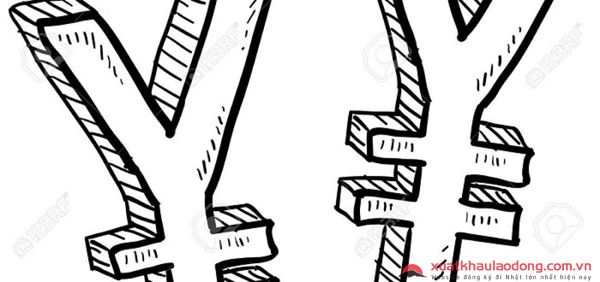
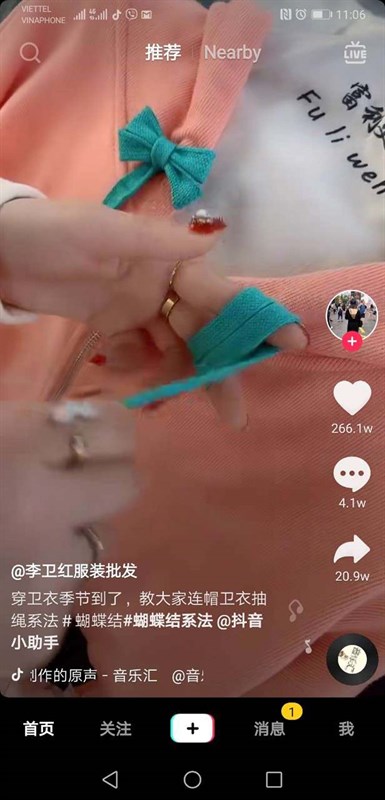

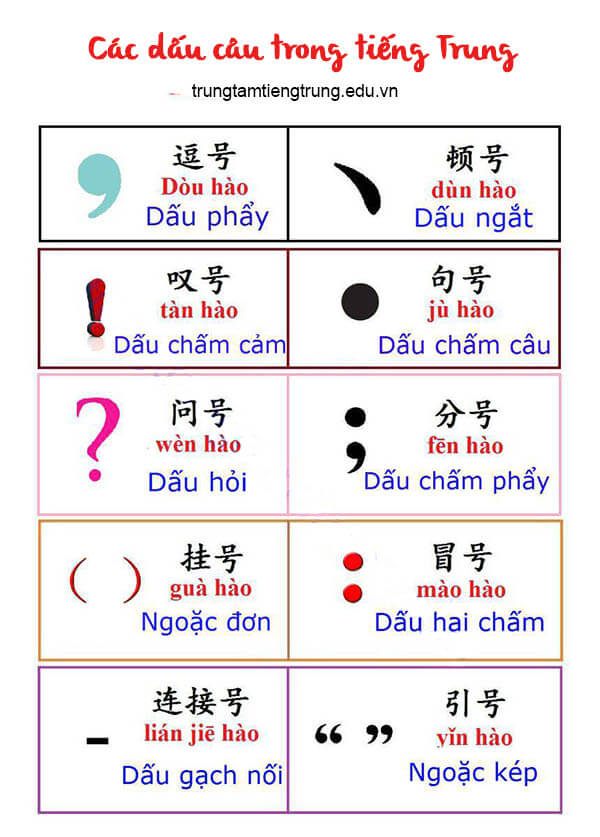




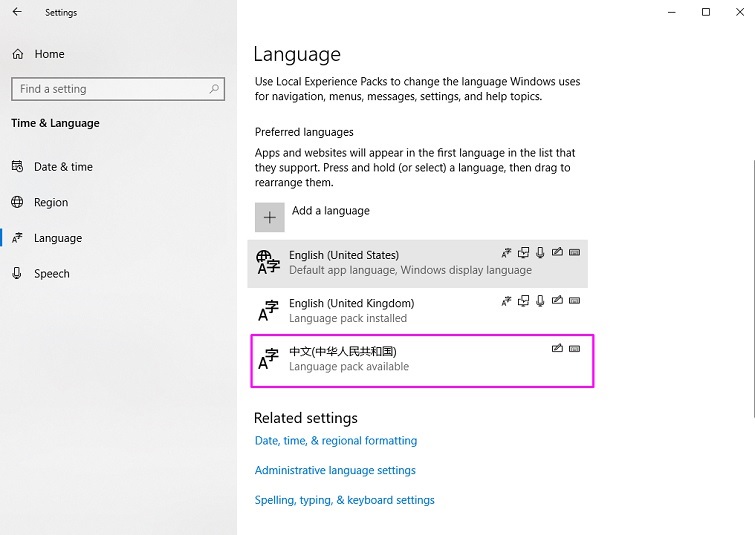
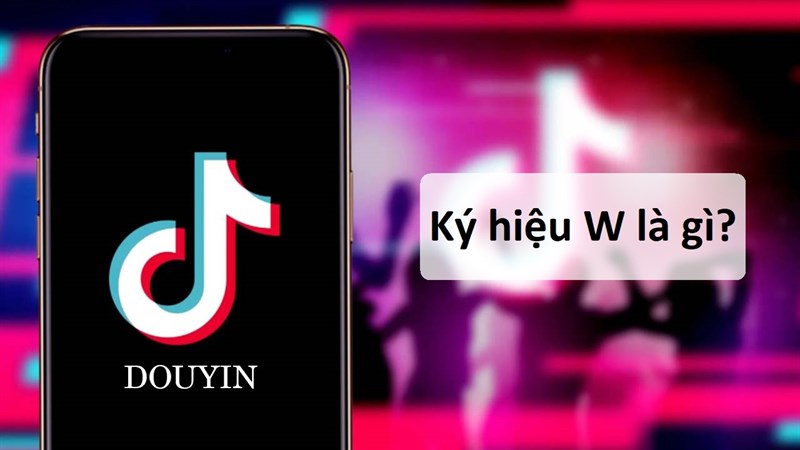

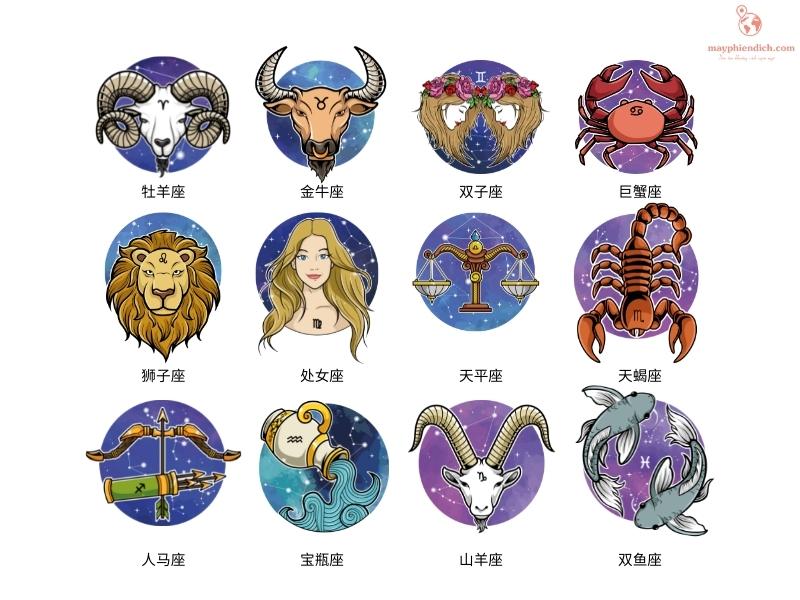
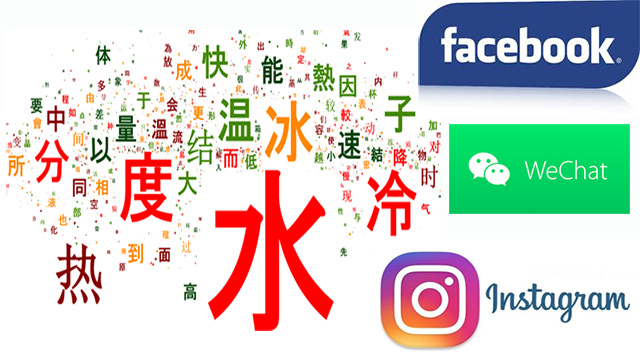

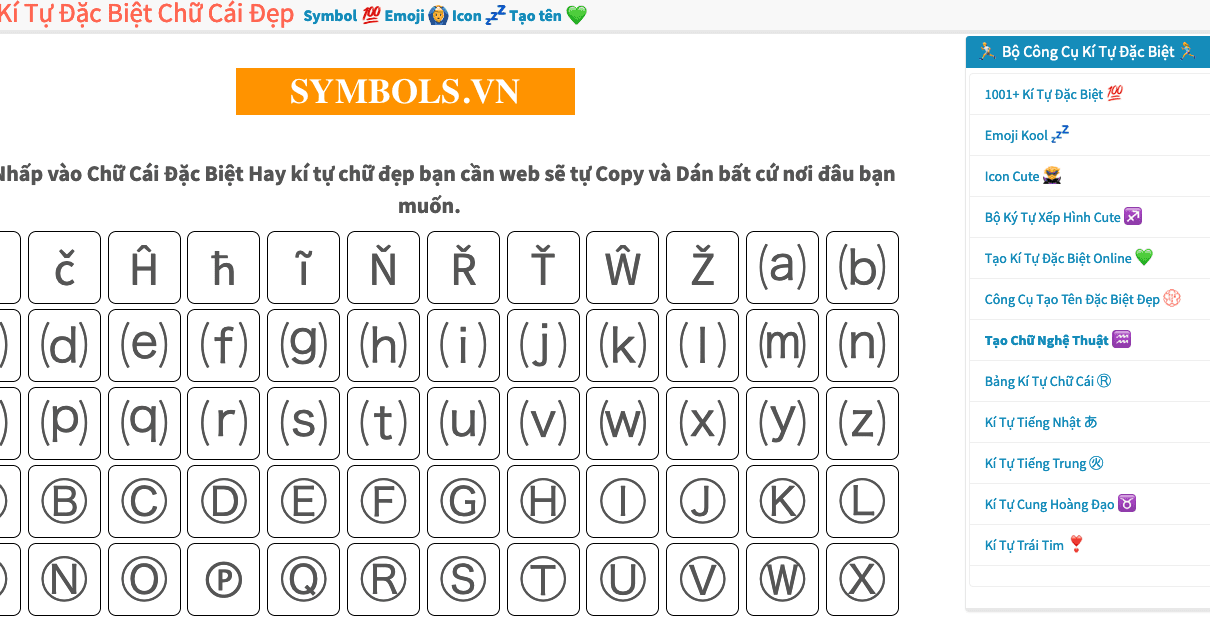


Link bài viết: kí tự trung quốc.
Xem thêm thông tin về bài chủ đề này kí tự trung quốc.
- Kí tự đặc biệt chữ Trung Quốc đẹp, độc đáo nhất
- 165+ Kí Tự Đặc Biệt chữ trung quốc ❤️✔️ Tên chữ trung …
- Hướng dẫn cài Bộ kí tự đặc biệt Trung Quốc đẹp nhất hiện nay
- Tạo chữ Trung Quốc đẹp – Kí Tự Đặc Biệt – KituChat.Com
- Kí Tự Đặc Biệt Tiếng Trung ❤️️ 1001 Ký Tự Chữ Trung Quốc
- Kí tự đặc biệt chữ Trung Quốc đầy đủ mới nhất 2023 | KituAZ
- 1001 Kí Tự Đặc Biệt Trung Quốc ✔️ Chữ Trung Quốc “Đẹp …
- Những Kí Tự Đặc Biệt Tiếng Trung Quốc Đẹp Nhất 2021
- Tổng hợp kí tự đặc biệt Trung Quốc đẹp nhất
- ký tự Trung Quốc – Chine-culture.com
Xem thêm: https://khoaluantotnghiep.net/code/